Point Sublime Overlook at the Grand Canyon
Yeah, the one everyone writes about, the Grand Canyon. There are several view points, I think I’ve been to all of them now except the one I most want to visit. The one where you can stand on a glass overlook and look straight down into the canyon… someday. I’d seen pictures before I actually visited the Grand Canyon, I remember thinking, “Yeah, that’s big, looks amazing.” Well, no, it’s not big, its huge! It’s breathtakingly humongous. It’s much more than amazing, it’s awe inspiring. No picture could ever really give you the full giganticness and grandeur of it. You really do have to experience it for yourself…
Here’s an excerpt from my book as my characters experienced the Grand Canyon:
“A few minutes more and the plane was showing them the vastness of the Grand Canyon. They all oohed and ahead as the glorious scene entered their view. The vast canyon seemed to go on forever, it was as though there were a whole mountain range within the canyon with deep ravines, cliffs, and a river. The beauty of it had Sarah and her parents repeatedly saying “oh look at that,” for the duration of the time they were above the Grand Canyon.”
This is a review from a friend, (Socrates) who’s visited the place a lot:
“Beyond Awesome
Reviewed May 20, 2015
Once again we returned to our favorite vantage point of this unbelievable natural wonder, Point Sublime… and once again we were amazed at the overpowering scope of its thrilling beauty. Although it requires a high clearance four wheel drive vehicle and just under two hours of slow going to reach this, the best view of the canyon, the scenery of the forest and meadows is breathtaking, wild life abundant, and only a handful of visitors to share your view… a peaceful picnic on a finger jutting out into the this awesome chasm is truly life at its most generous moment…”
As I said before pictures can’t really show the full canyon effect, but I of course took some. So here’s my feeble attempt at capturing something beyond the camera’s capacity:





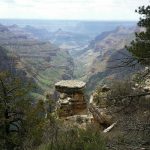


















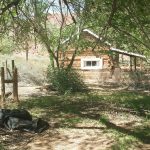

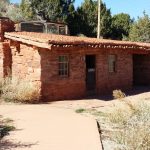
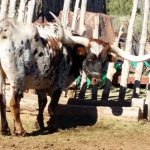


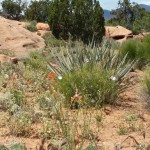

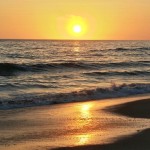
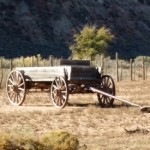



You must be logged in to post a comment.